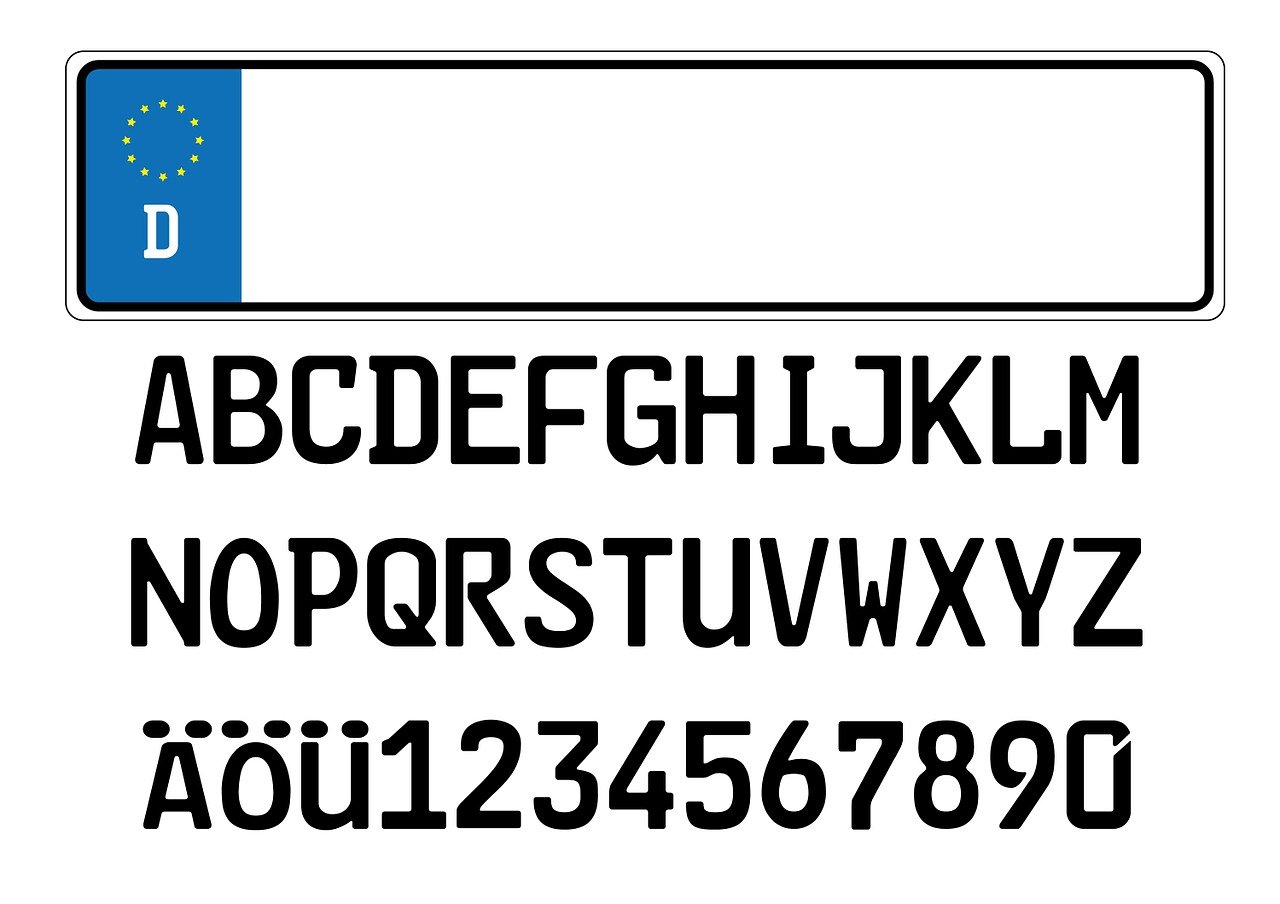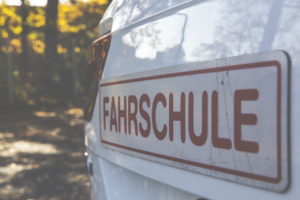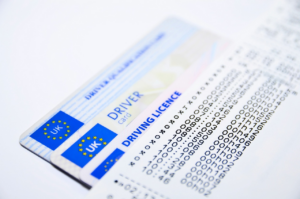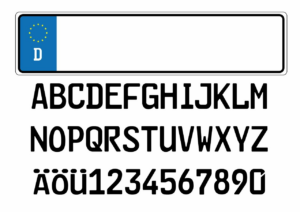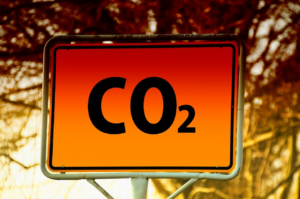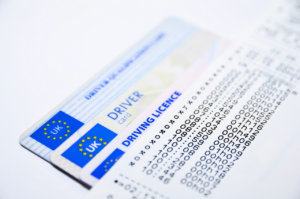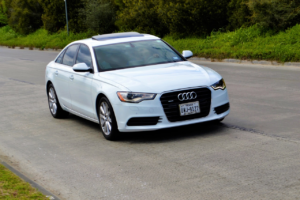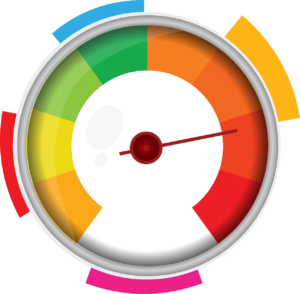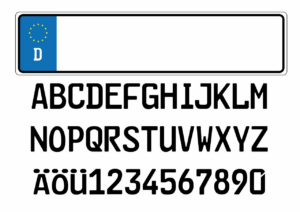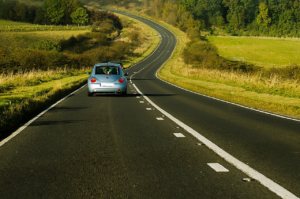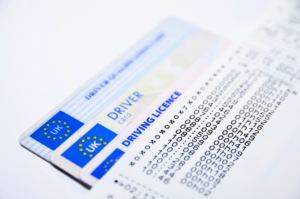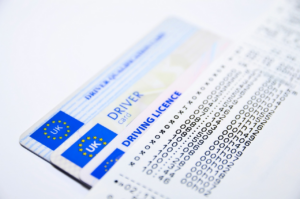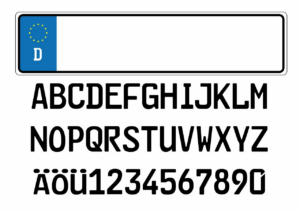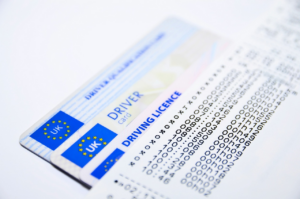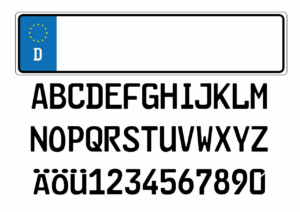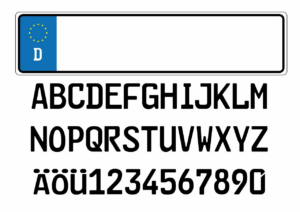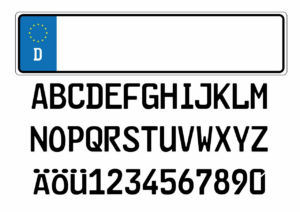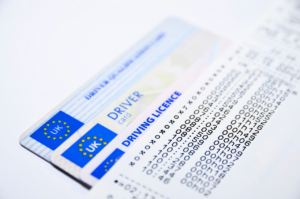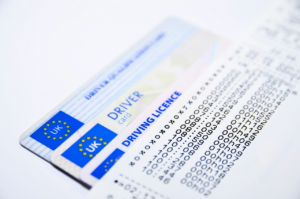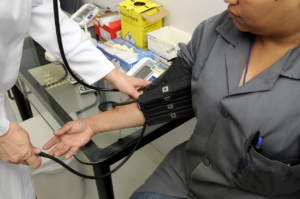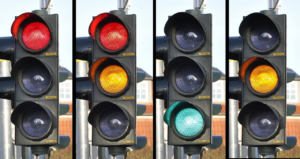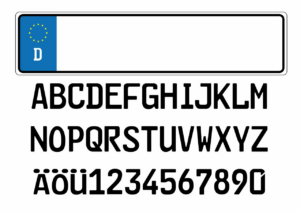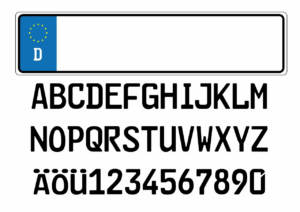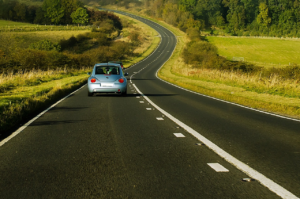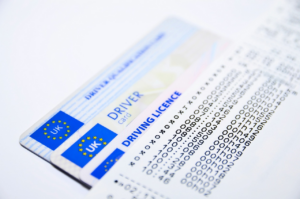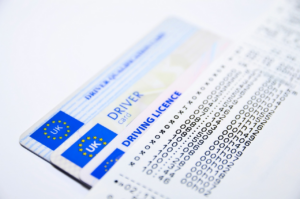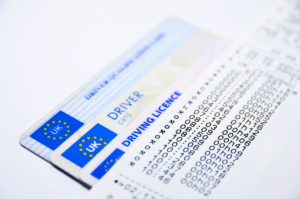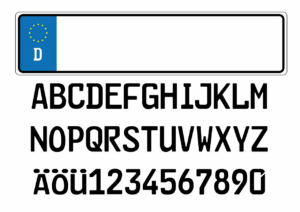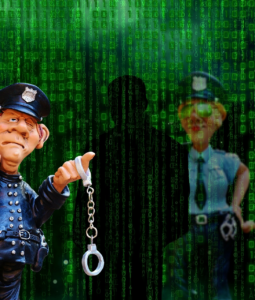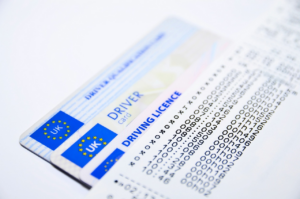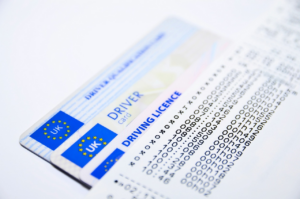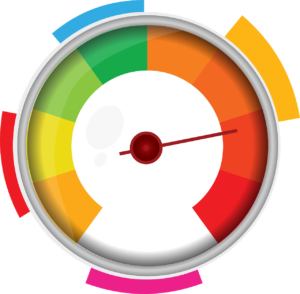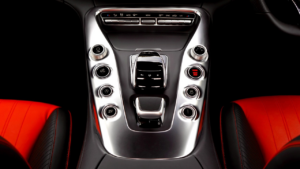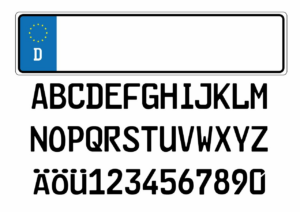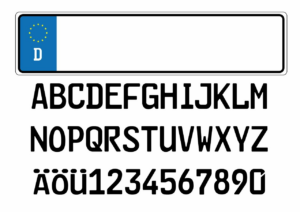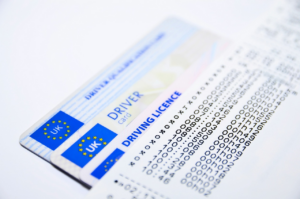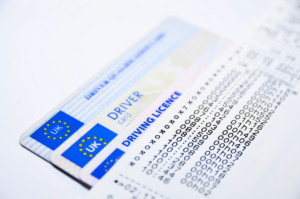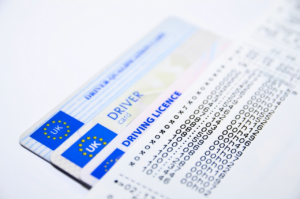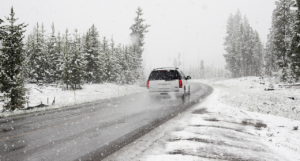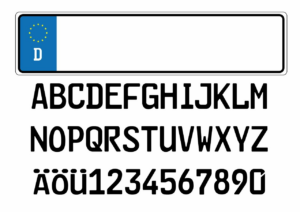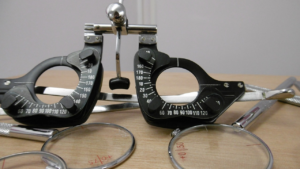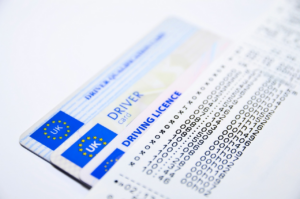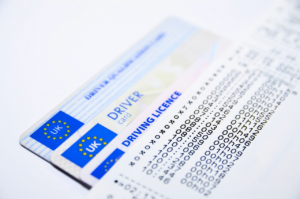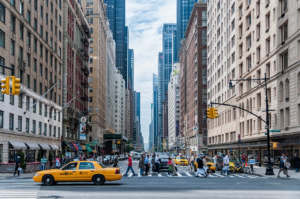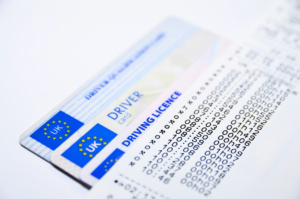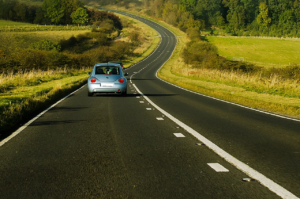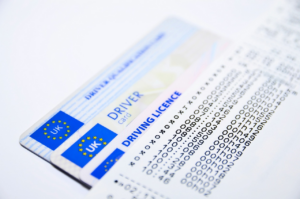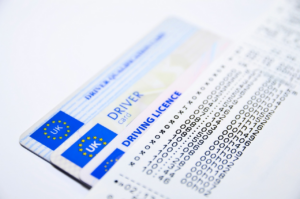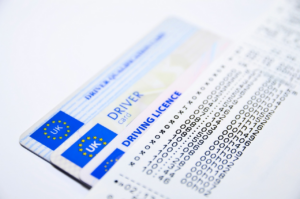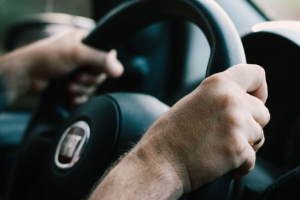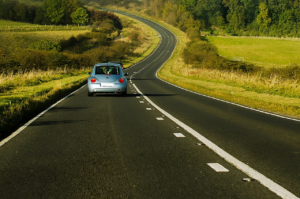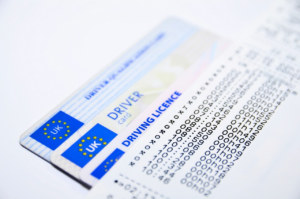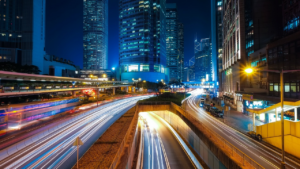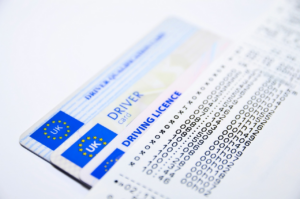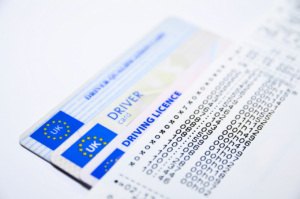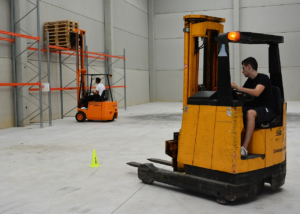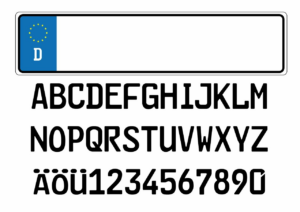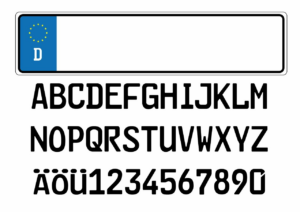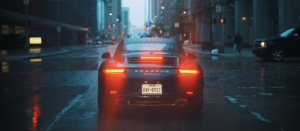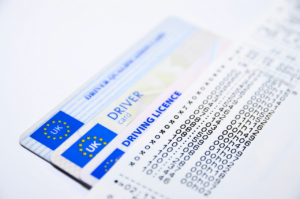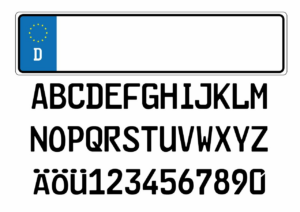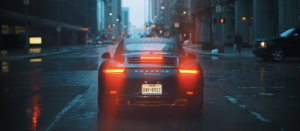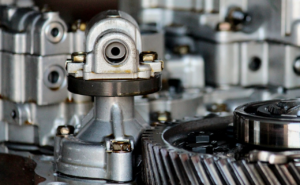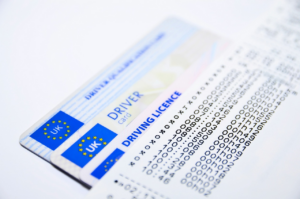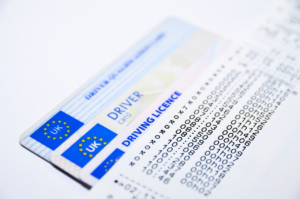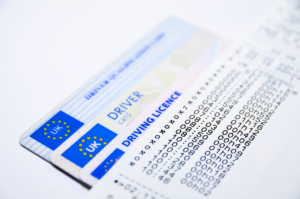If you’re considering how to get around in the United States, you have two main options: getting a US driving license or relying on public transportation. Each choice comes with its own set of advantages and disadvantages, and ultimately, the decision will depend on your individual circumstances and priorities.
In this article, we’ll explore the pros and cons of both options, giving you all the information you need to make an informed choice.
First, let’s look at getting a US driving license. This allows you to drive a car, motorcycle, or other vehicle legally on American roads. Depending on where you’re from, you may need to pass a written and/or practical test to obtain your license.
Once you have it, though, you have greater freedom and flexibility to travel where and when you want. You can take road trips, visit remote destinations, and generally explore the country at your own pace.
However, there are also drawbacks to having a license, such as the cost of car ownership, the potential for accidents and traffic violations, and the environmental impact of driving.
Keep reading to learn more about whether a US driving license is the right choice for you.
Advantages of Getting a US Driving License
Having the freedom to hop in your car and go wherever you want without relying on anyone else is a game-changer. With a US driving license, you have the ability to travel at your own pace and on your own terms.
No more waiting for public transportation or dealing with crowded buses and trains. You can also save time and money by avoiding the stress of public transportation schedules and routes. You can simply get in your car and go wherever you need to go, whenever you want to go.
Another advantage of having a US driving license is the convenience it provides. With your own car, you can easily transport groceries, luggage, and other items without having to worry about carrying them on public transportation. You can also explore new places without having to worry about getting lost or being limited by public transportation routes.
Having a US driving license gives you the freedom and flexibility to travel on your own terms and at your own pace, making it a great investment for anyone looking to enhance their mobility and independence.
Disadvantages of Getting a US Driving License
If you’re considering getting a US driving license, it’s important to know about the potential disadvantages.
One of the biggest drawbacks is the expenses associated with owning a vehicle, such as car payments, insurance, gas, and maintenance.
Additionally, you may experience frustrating traffic congestion and parking limitations, especially in urban areas.
Expenses Associated with Owning a Vehicle
Owning a vehicle can be pricey, especially when it comes to regular maintenance, gas, and insurance payments.
Maintenance costs can include oil changes, tire rotations, and brake repairs, which can add up over time. Additionally, gas prices can fluctuate and greatly impact your monthly expenses. Depending on your driving habits and the size of your vehicle, you could be spending hundreds of dollars on gas each month.
Insurance payments are also a necessary expense when owning a vehicle. The cost of insurance can vary depending on your age, driving history, and the type of vehicle you own. It’s important to shop around and compare rates from different insurance companies to get the best deal. However, even with a good rate, it’s still an added expense to consider when deciding whether to get a US driving license or rely on public transportation.
Traffic Congestion and Parking Limitations
Dealing with traffic congestion and limited parking options can be frustrating and stressful, leaving you feeling overwhelmed and stuck. When you have a car, you have to deal with rush hour traffic, accidents, and road closures. This can lead to longer commute times and a lot of wasted time sitting in your car. Additionally, finding a parking spot can be a challenge, especially in busy areas or during peak hours. You may have to circle around the block multiple times or park far away from your destination, which can be inconvenient and time-consuming.
On the other hand, if you rely on public transportation, you can avoid the stress of traffic and parking. You can sit back and relax while someone else does the driving. Public transportation also tends to have dedicated lanes, which can help you avoid traffic congestion. Furthermore, you don’t have to worry about finding a parking spot, as you can simply get off at your destination and walk. However, you may have to deal with delays or crowded buses or trains, which can be frustrating. Additionally, you may have to plan your schedule around the public transportation schedule, which can be limiting.
Here are four things to consider when it comes to traffic congestion and parking limitations:
- Owning a car can be convenient, but it also means dealing with traffic congestion and limited parking options.
- Public transportation can help you avoid the stress of traffic and parking, but it may come with delays and crowded buses or trains.
- Finding a parking spot can be a challenge, especially in busy areas or during peak hours.
- Public transportation tends to have dedicated lanes, which can help you avoid traffic congestion.
Advantages of Using Public Transportation
Using public transportation has its perks and is a convenient way to get around. One of the major advantages is cost savings. When you use public transportation, you eliminate the need to pay for gas, maintenance, and parking fees associated with owning a car. Additionally, public transportation is often subsidized by the government, making it an affordable option for people on a tight budget.
Another advantage of using public transportation is reduced stress. When you don’t have to worry about driving in heavy traffic or finding a parking spot, you can relax and focus on other things during your commute. You can read a book, check your email, or even take a nap.
Public transportation also reduces your carbon footprint, as it helps to reduce the number of cars on the road, which in turn reduces air pollution and traffic congestion.
Overall, using public transportation can be a smart and sustainable choice for getting around.
Disadvantages of Using Public Transportation
If you rely solely on public transportation, you may face limited flexibility in terms of scheduling and routes. This can be especially inconvenient in rural areas where public transportation options may be scarce. Additionally, during peak hours, public transportation can become crowded and uncomfortable.
Adjusting the paragraph structure in the input to logically group complete sentences on their own lines with a double new line after makes it easier to read. You can also use contractions to make the language more natural and conversational.
Limited Flexibility
Having a car allows for more freedom in your daily schedule, but relying on public transportation may limit your flexibility. Public transportation often operates on a set schedule, which means that you have to plan your day around the arrival and departure times of the buses, trains, or subways. If you miss your scheduled ride, you may have to wait for the next one, which could be a significant inconvenience.
Additionally, public transportation may not be available in all areas or may not run at certain times of the day, which could further limit your flexibility. On the other hand, getting a US driving license and driving your own car provides greater flexibility in terms of transportation. You can choose your own route and schedule without being bound by the timetable of public transportation.
You can also make stops along the way, which is not possible when using public transportation. However, owning a car also comes with its own set of responsibilities and expenses, such as car maintenance, fuel costs, and insurance. It’s important to weigh the pros and cons of owning a car versus using public transportation before making a decision.
Inconvenient in Rural Areas
Living in rural areas can pose challenges when it comes to accessing public transportation, which may lead you to rely on personal vehicles for transportation. Unlike urban areas where public transportation is more accessible and convenient, rural areas often have limited or no public transportation options available.
This can be a major inconvenience for those who do not have a personal vehicle, especially when it comes to running errands or traveling long distances. In addition, the lack of public transportation can also restrict job opportunities and social activities, making it difficult for individuals to participate in events that require them to travel.
On the other hand, getting a US driving license can be a solution to the inconveniences of not having access to public transportation in rural areas. Owning a personal vehicle gives you the freedom to travel at your convenience, without having to rely on anyone else. It also provides more flexibility in terms of scheduling, allowing you to take on jobs that may require you to travel or work odd hours.
However, it’s important to consider the cost of owning and maintaining a vehicle, as well as the environmental impact of driving. Overall, it’s important to weigh the pros and cons of getting a US driving license versus relying on public transportation, and make a decision based on your personal needs and circumstances.
Crowded During Peak Hours
The rush hour commute can be a nightmare in crowded urban areas, making the convenience of personal transportation a tempting option. However, before you jump into getting a driving license, it’s important to consider the downsides of driving during peak hours.
Here are some factors to keep in mind:
- Traffic congestion can add significant time to your commute, making you late for work or appointments.
- Parking can be difficult to find and expensive in many urban areas.
- The stress of driving in heavy traffic can take a toll on your mental health and increase your risk of accidents.
Despite these challenges, driving can still be a viable option for some people. If you have a flexible schedule or can avoid rush hour altogether, driving can provide more freedom and flexibility than public transportation.
Ultimately, the decision to get a driver’s license should be based on your individual needs and circumstances. Consider all of the factors before making a decision that will impact your daily life.
Safety Considerations
When it comes to safety considerations, using public transportation can pose some risks. Accidents and traffic-related incidents are possible when riding buses or trains. Additionally, crime and safety concerns, such as theft and assault, are also potential issues for passengers.
It’s important to be aware of these risks and take necessary precautions when using public transportation.
Accidents and Traffic-related Incidents
You may encounter more traffic-related incidents and accidents if you choose to operate a vehicle as opposed to relying on public transportation. According to the National Highway Traffic Safety Administration, there were 36,096 fatalities in motor vehicle crashes in 2019. This number has decreased from previous years, but it’s still a significant concern for those who choose to drive.
The risk of accidents can be reduced by following traffic laws, obeying speed limits, and avoiding distractions while driving. However, accidents can still happen due to factors beyond your control, such as weather conditions or other drivers’ behaviors.
In contrast, public transportation is generally considered a safer option for commuting. Public transportation vehicles are operated by trained professionals who follow strict safety procedures. Additionally, public transit systems are designed to minimize potential hazards, such as providing designated pedestrian crossings and well-lit stations.
While accidents can still occur on public transportation, they are relatively rare compared to the number of accidents that occur on the road. Ultimately, choosing between a US driving license and public transportation requires weighing the benefits and drawbacks of each option, including safety considerations.
Crime and Safety Concerns on Public Transportation
If you’re worried about your safety while using public transportation, be aware of the potential for crime and take precautions to protect yourself.
While public transportation is generally safe, there is always a risk of crime, especially in urban areas. Pickpocketing, theft, and harassment are all possible on buses and trains, so it’s important to be vigilant and aware of your surroundings while traveling.
To help ensure your safety, always keep an eye on your belongings and avoid carrying large sums of cash or valuables. If possible, try to sit near the driver or in a well-lit area. Avoid traveling alone at night and be cautious of strangers who approach you for any reason.
If you do experience a crime or witness suspicious behavior, report it to the authorities as soon as possible. By taking these steps, you can enjoy the convenience of public transportation while minimizing your risk of becoming a victim of crime.
Health Considerations
When it comes to health considerations, there are two key points to keep in mind: the sedentary lifestyle that often comes with driving, and the exposure to pollution that can be a risk when using public transportation.
Driving for long periods of time can lead to a lack of physical activity, which can increase the risk of various health problems.
On the other hand, public transportation can expose you to pollution from vehicle exhaust and other sources, which can have negative effects on respiratory health.
Sedentary Lifestyle Associated with Driving
Driving can lead to a sedentary lifestyle, which can have negative effects on one’s overall health and well-being. When you drive, you’re sitting for extended periods of time, often in a cramped space. This lack of movement can contribute to a host of health problems, including weight gain, poor circulation, and increased risk of heart disease.
To combat the effects of a sedentary lifestyle associated with driving, here are some tips to consider:
- Take breaks during long drives to stretch and move your body.
- Use a standing desk or take frequent breaks to stand up and move around if you have a desk job.
- Incorporate physical activity into your daily routine, such as walking or biking to nearby destinations.
- Consider using public transportation, which often involves walking to and from stops or stations, as an alternative to driving.
By being mindful of the sedentary lifestyle associated with driving and taking steps to counteract it, you can improve your overall health and well-being.
Exposure to Pollution on Public Transportation
Taking public transportation can expose you to air pollution, but there are ways to minimize the impact on your health. According to studies, air pollution can lead to respiratory problems, heart disease, and even cancer. However, the level of exposure to pollution varies depending on the mode of transportation, the route, and the time of day. For example, buses and trains tend to be more polluted than subways and trams. Moreover, routes that pass through congested areas and highways are more polluted than those that travel through parks and residential areas. Finally, rush hour periods are more polluted than off-peak hours because of the increased traffic and idling time.
To avoid or reduce exposure to pollution on public transportation, you can take several measures. First, try to avoid rush hour periods by traveling earlier or later than usual. This way, you can avoid the peak traffic and the associated pollution. Second, choose routes that pass through less congested and less polluted areas. You can use online tools and apps to find the best routes based on pollution levels and other factors. Finally, wear a mask or a scarf to filter out some of the pollutants. According to the table below, different types of masks provide different levels of protection against particulate matter (PM) and other pollutants. However, keep in mind that masks can be uncomfortable and may not be suitable for everyone. Therefore, use them as a last resort and consult your doctor if you have any health concerns.
| Mask Type | PM 2.5 Filtration | PM 10 Filtration |
|---|---|---|
| N95 | 95% | 85% |
| N99 | 99% | 95% |
| N100 | 99.97% | 99.97% |
Environmental Impact
If you care about the planet, you may want to consider the impact your transportation choices have on the environment. When it comes to getting a US driving license versus using public transportation, the environmental impact is a crucial factor to consider.
Public transportation is generally considered to be more eco-friendly than driving, as it helps reduce the number of cars on the road and the resulting carbon emissions from them. In addition, many public transportation options, such as buses and trains, are increasingly using clean energy sources like electricity and natural gas, further reducing their impact on the environment.
On the other hand, driving a car produces a significant amount of greenhouse gas emissions, contributing to climate change and air pollution. While electric and hybrid cars are becoming more popular, they are still relatively expensive and not accessible to everyone. Therefore, if you are concerned about the environment, using public transportation may be a more sustainable option for you.
Conclusion
Considering the environmental impact and accessibility, utilizing public transportation may be a wise decision for those who’re mindful of sustainable options. By choosing to take public transportation, you’re reducing your carbon footprint, which is crucial in today’s world. Cars contribute to air pollution and greenhouse gas emissions, which can harm the environment and human health.
With public transportation, you’re not only reducing your personal environmental impact, but you’re also contributing to a larger effort to reduce emissions and protect the planet. In addition to environmental benefits, public transportation offers accessibility to those who may not have access to a car or can’t afford one.
Public transportation is often more affordable than owning a car, especially when considering the cost of gas, maintenance, and insurance. It also provides a reliable and efficient means of transportation, with schedules and routes that can be easily accessed online or through apps. With public transportation, you can save time and money, while also reducing your environmental impact.
So, if you’re looking for a sustainable and accessible option, public transportation may be the way to go.
Frequently Asked Questions
How much does it cost to get a US driving license?
Getting a US driving license can be a costly process, with fees varying by state. The application fee alone can range from $10 to $100, and there may be additional fees for written and driving tests.
In addition, there may be costs associated with driver education courses, which are often required for new drivers. It’s important to factor in the cost of car insurance as well, which can be expensive for new drivers.
However, having a driver’s license can provide a sense of independence and convenience, allowing you to travel when and where you want without relying on public transportation or others for rides. Ultimately, the decision to get a driver’s license or rely on public transportation depends on your individual needs and circumstances.
What is the process for obtaining a US driving license?
To obtain a US driving license, you must first visit your local Department of Motor Vehicles (DMV). You’ll need to bring proof of identity, such as a passport or birth certificate, as well as proof of residency, such as a utility bill or rental agreement.
Next, you’ll need to pass a written test on the rules of the road and traffic signs. After passing the written test, you’ll need to pass a driving test, which will test your ability to safely operate a vehicle.
Once you’ve passed both tests, you’ll be issued a US driving license. It’s important to note that the process may vary slightly depending on the state in which you reside.
How reliable is public transportation in the United States?
If you’re considering relying on public transportation in the United States, it’s important to know that its reliability varies greatly depending on where you are.
In major cities like New York and Chicago, public transportation is typically very dependable and can get you almost anywhere you need to go.
However, in more rural areas or smaller cities, public transportation options may be limited and less reliable.
It’s also important to consider factors like weather and traffic, which can impact the timeliness and efficiency of public transportation.
Ultimately, whether or not you choose to rely on public transportation will depend on your individual needs and circumstances.
How does the cost of using public transportation compare to owning a car?
If you’re considering whether to own a car or use public transportation, one of the biggest factors to consider is cost. While owning a car can be expensive, with costs like car payments, insurance, gas, and maintenance adding up quickly, public transportation can also come with its own set of costs.
Depending on where you live and how much you use public transportation, the costs of fares or passes can add up over time. However, it’s worth considering the long-term costs and benefits of each option, as owning a car can also offer more freedom and convenience, while public transportation can be a more environmentally friendly option.
Ultimately, the decision between owning a car or using public transportation will depend on your individual needs and circumstances.
What are the insurance requirements for driving in the United States?
When it comes to driving in the United States, insurance is a requirement. The minimum insurance requirements vary by state, but typically include liability coverage for bodily injury and property damage.
It’s important to note that these minimum requirements may not provide enough coverage in the event of a serious accident, so it’s recommended to consider purchasing additional coverage for added protection. Keep in mind that insurance premiums can also vary based on factors such as age, driving record, and type of vehicle.
Before getting behind the wheel, make sure you have the necessary insurance coverage to protect yourself and others on the road.
Conclusion
So, after weighing the pros and cons of getting a US driving license versus using public transportation, what’s the best option for you?
If you value convenience and independence, then getting a driving license may be the right choice. However, keep in mind the potential costs, risks, and responsibilities that come with operating a vehicle.
On the other hand, if you prioritize safety, health, and sustainability, then using public transportation may be the way to go. Just be prepared for potential delays and limited routes.
Ultimately, the decision is up to you and your personal circumstances. Consider your lifestyle, budget, and values before making a choice. And remember, whether you choose to drive or take public transportation, always prioritize safety and responsibility.


